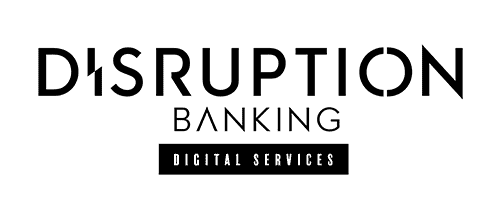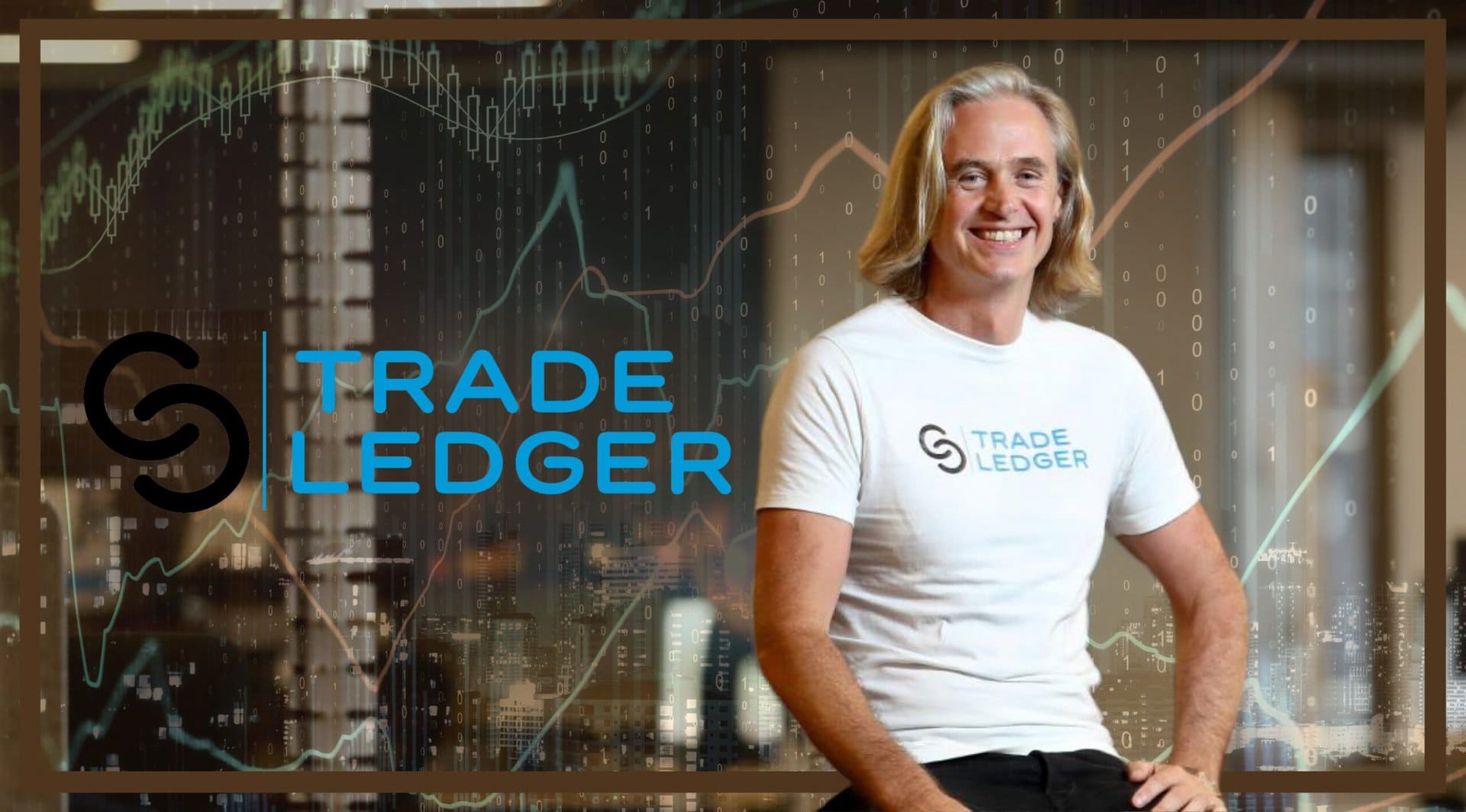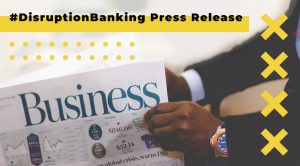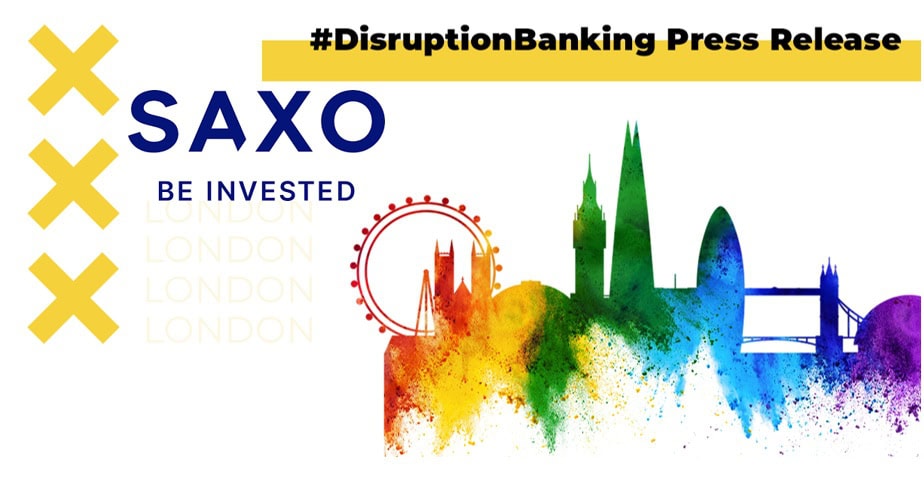When a startup needs financing, like in the current market, it can be an existential challenge. Since the Global Financial Crisis there may have been a lot of money made available to finance businesses in the U.S., the UK, and other countries. However, not enough of that money actually makes its way to the fintech startups who need it the most.
As the pace of innovation amongst banks continues to increase, so do the solutions offered by sophisticated fintech startups in the market. But, often startups themselves, fall into the category of SME or small and medium-size enterprises.
“SMEs as a group fall between the cracks of retail and corporate banking, so from a banking perspective, there is often no natural organizational ‘home’ for them as clients” was one of the takeaways in a recent article by McKinsey.
“In financial services the supplier landscape looks completely different today than it did 10 years ago,” Simon Taylor, Co-Founder of 11:FS stated in his ‘Fintech is only 1% finished’ video. In the video Simon explains how suppliers like Tide and Coconut are addressing the needs of the SME sector.
Today the offerings for SMEs have increased thanks to the innovation of new players like Fabrick, airbase and Trade Ledger. Ironically those very businesses fit the profile of the SMEs their solutions can help.
Using the online application journey, co-created with @TradeLedger with a few clicks @HSBC customers can transfer data directly through an API from their accounting software package
— #DisruptionBanking (@DisruptionBank) October 12, 2022
They also have the option to upload their data through a user-interfacehttps://t.co/QoIPwQs03x
The fintech startup solving the systemic problem that banks aren’t
Trade Ledger was recently in the news because of a new solution that HSBC have launched. Trade Ledger’s platform will help HSBC’s SME customers get faster and easier access to working capital. Something that we spoke to Martin McCann, Founder and CEO of Trade Ledger about.
Currently based in London, Martin is definitely an Australian. He adds flair to what in essence is a lending platform offering lending-as-a-service for commercial banks. Commercial banks who currently don’t offer much in the way of working capital to startups. But who could.
“Fintechs are essential to driving accelerated innovation in banks,” Martin shared. “Because banks can’t do it themselves.”
The problem is that for a startup there’s only two ways to get funding or resources, he added. This is either revenue or equity. Those are the only options. You are not able to get any debt facilities of any magnitude or any other access to capital.
“To add to the frustration that startups face, banks rarely pay as much for the services of a fintech as they do for a large technology company.”
This, Martin elaborated, is not in the interest of the fintechs, the banks, or the customers of the banks.
“The innovation that has taken place in the commercial banking space lags retail banking innovation by 5 to 10 years.”
Challenges that startups must prepare for in 2023
The need for digitalisation means that there is a huge opportunity for fintechs to offer solutions to the SME banking sector. But Martin is a bit more grounded about the reality of current market conditions. He shared how the fintech sector had lost five years’ worth of growth in the last 18 months. And how 2023 is full of uncertainties.
“If you’re not a late-stage business that’s already profitable and doesn’t need capital, you can’t get capital,” was one of the conclusions that Martin shared. “In 2023 it will not be any easier.”
Historically the funding markets encouraged the fintech sector to grow at any cost. Even with losses. Because of this most fintechs have prioritized growth over profitability, Martin believes. A lot of people have approached the issue of profitability without the appropriate level of caution.
‘We just raised £50 million this year, we’ll probably get another £300 million next year, who cares about profitability?’ is how Martin described the approach of some fintech startup founders.
Martin believes that Trade Ledger will be able to return profits in 2023. The startup has been frugal over the years which is now paying off. The concern is that other innovative fintech startups may not be so lucky.
How the largest bank in the world chose one of the smallest enterprise software suppliers
On a brighter note the story of Trade Ledger’s recent success with HSBC is worth further examination. The co-operation started when the business only had fifteen employees, Martin highlighted.
The company has had a lot of success since its first client win back in 2017:
Out celebrating Trade Ledgers first signed contract. Congrats! #tradeledger #fintech pic.twitter.com/G6JK9Tk8yd
— Dylan Lennox (@Dgclennox) February 24, 2017
Since then, Trade Ledger has also partnered with UK fintech unicorn Thought Machine as well as listing Barclays and Virgin Money as customers.
It is a huge achievement for any relatively new business to agree terms with one of the largest banks in the world. And although, today, Trade Ledger work with HSBC in twelve different countries, Martin explained how there is one global team to interact with. Plus, as Trade Ledger offers tech solutions for financial service institutions, there is also a lot more repeatability in its model.
“Our objective is to help banks become ‘more fintech’ by providing the tech and data. Large banks can’t create the skills and the capabilities and the tech that we have. Just like we can’t create the momentum, scale, and resource pools that they have.” Martin explained. “Within a short period of time a bank can get increased growth, reductions in costs, entry into new markets. And our partnership with larger banks means we can get to scale and add throughput of transactions that we wouldn’t otherwise be able to achieve.”
Working with core banking system providers
When it comes to the relationship with Thought Machine, Martin explained how Trade Ledger is providing “parallel propositions to the same banks.” The need for new core banking systems is growing as many banks still operate very old legacy systems. However, Martin pointed out that once a new core banking system is put in place the banks struggle to build front- and middle-office solutions on top of the new core.
“The reason we’ve got such a strong relationship with Thought Machine is because they are doing something genuinely new and different in the market. They’re taking a smart contract-based approach to driving transaction banking.” He explained how banks taking this brave move into forward-looking technology with Thought Machine were often the same banks that want to take advantage of the benefits of Trade Ledger’s technology.
Trade Ledger works with other core banking providers in the market too and will integrate with any of them should that be required. “We’ve got an open API layer that enables us to integrate the backend into any core banking system.”
“One small company can’t have the impact or address the market on its own effectively,” Martin believes. Which is why building relationships within the supplier landscape built on shared common outcomes is essential. Including with firms like KPMG and Microsoft.
The real challenge for commercial banks
Martin shared how you can break down what a corporate bank does into three categories. Moving money, which is payments. Storing money, which is account opening management for instance. And finally, lending money.
“On the most basic level the first two categories can be managed through existing retail banking technology,” he explained. He also pointed out how the balance sheets of commercial banks are very different to retail banks. The assets are very different, whilst lending for commercial banks is incredibly complex, more so than for a retail bank. This, he believes, has led to a lack of disruption in the space due to its complexity.
Martin believes the problem ensues not due to the risk appetite of commercial banks, but the risk understanding and risk models in place. And the understanding of new technology available. And that has led to a situation where almost nothing has changed in the last 40 years.
Martin estimates that there is roughly a 30% mismatch between supply and demand for working capital around the world. In a market that has seen about $20 trillion of capital deployed to businesses. And that is constraining growth and economic activity.
“I don’t believe that 30% of businesses around the world are not creditworthy,” he elaborated. “I think the problem is that the credit models are responsible for the constraints.” Multiple constraints that include collation of data.
The standard definition by which credit models are built is based on how profitable you are. How much history of profitability you have. “That’s not necessarily the way you need to look at risk going forward,” Martin pointed out.
Asset-backed lending with Trade Ledger
“Everything we do works on the principle of asset-backed lending. This is a form of lending that can be secured by the banks and can meet all the criteria that the banks are working to. And, most importantly, it can help them to unblock the capital that they have on the bench that they want to deploy,” Martin highlighted.
“You need to have a reinvention of how the world thinks about working capital credit. And the need for it. And the desire to systemically change the system to close the 30% supply and demand gap.” Martin continued by explaining how the banks are the only ones who have the scale, the reach, and the brand trust to be able to solve this problem. Which is why the team at Trade Ledger are working with them.
The systemic problem that banks and tech startups need to solve
The fintech ecosystem has shown itself to be more than up to solving some of the biggest problems faced by financial institutions across the world. These entrepreneurs are brave, manage risks and face the problems that need to be solved.
“We’re a purpose driven business,” Martin shared. “We want to solve the supply and demand problem because we think that this is the way we can have the biggest impact for humanity. Taking our technology to banks and helping them solve this problem. We are in this for the long haul.”
Martin wants Trade Ledger to stand up and be counted. To help fix as many problems as they can for banks. Which is why partnerships are so important. And the ecosystems that Trade Ledger is a member of.
Well worth your time!⤵️ https://t.co/cduvpmR01b
— Trade Ledger® (@TradeLedger) June 11, 2020
“Anybody who wants to contribute to solving the problem is welcome.” Martin concluded.
Expect to hear more about what Trade Ledger are doing in the future. The fintech has global ambitions which revolve around continuing to address the need for asset-backed lending for commercial banks and alternative providers of capital in the market.
Author: Andy Samu















